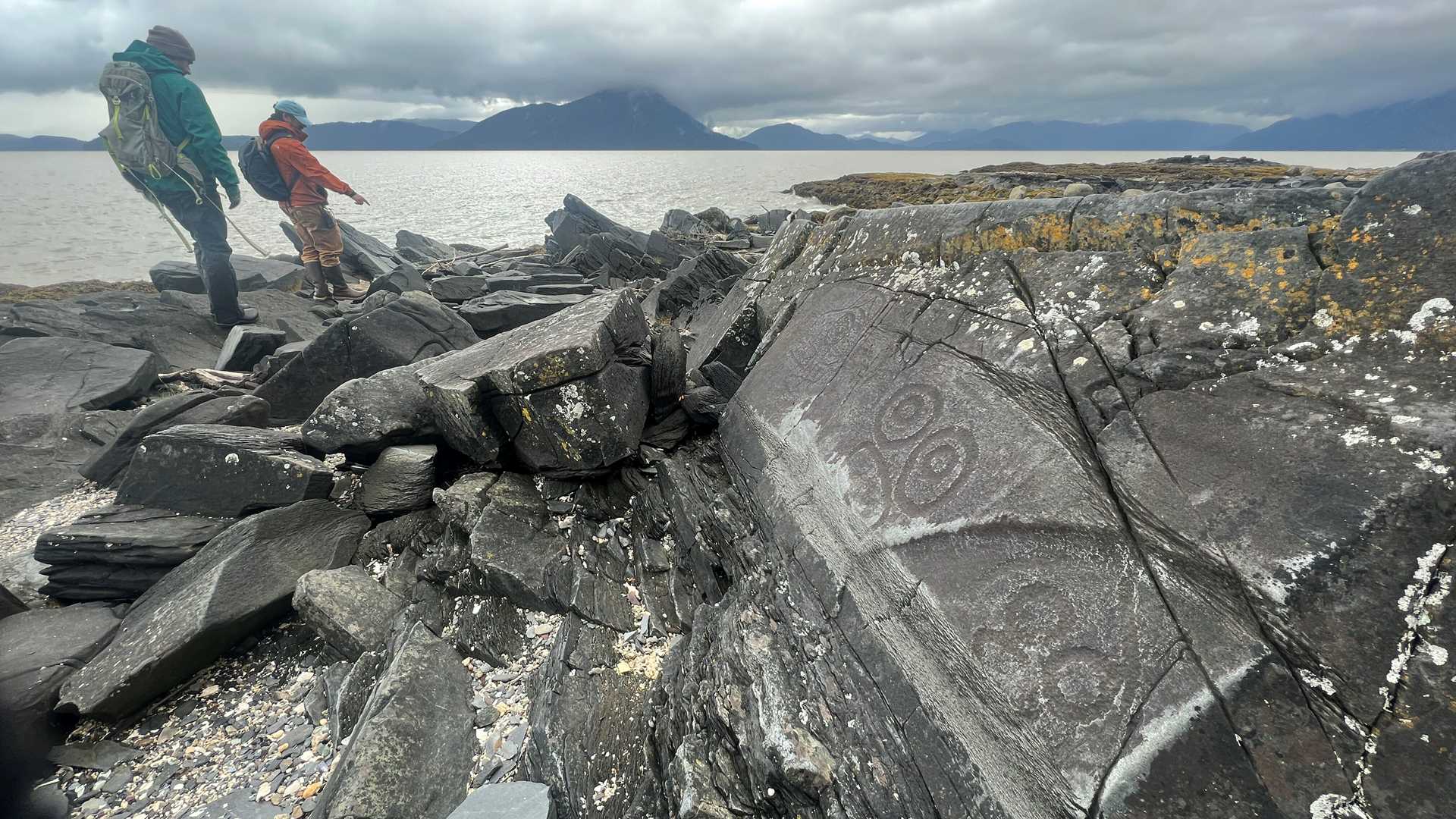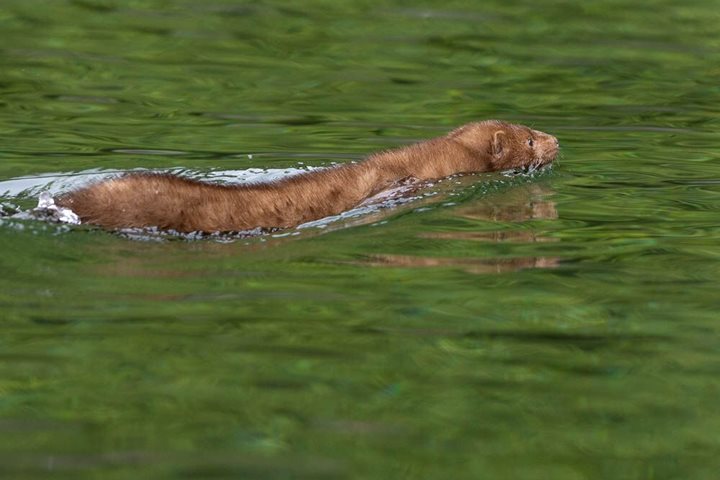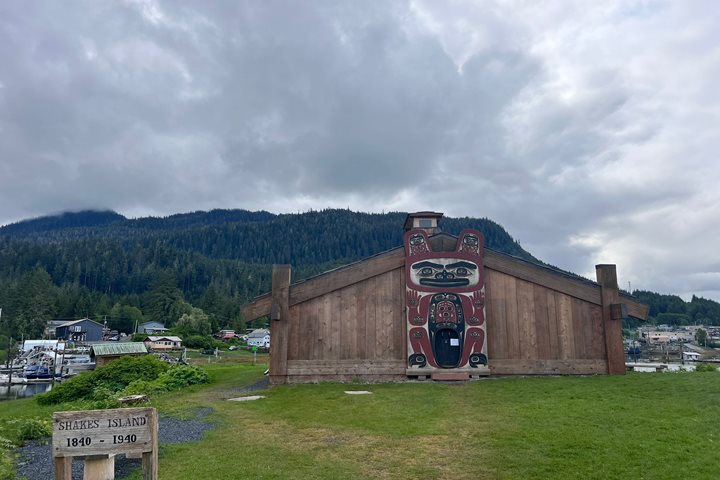This morning, we were welcomed with true Alaskan weather as we docked in the small Alaskan town of Wrangell located near the mouth of the famous Stikine River. Fortunately, the weather did not prevent us from taking a trip on a jet boat up the fast-moving river to explore the wild interior. After lunch, we headed into town for a very personal and intimate presentation at the Tlingit longhouse of Chief Shakes. It was Sunday, so the town was pretty quiet. The rain took notice and decided to take a rest as well, which was fine with us. We made our way outside to check out Petroglyph Beach and summit Mount Dewy, the imposing hill overlooking the town of Wrangell with inspired views of the surrounding beauty. Looking back, it is hard to believe that we did all this in one day!
6/5/2025
Read
National Geographic Sea Lion







